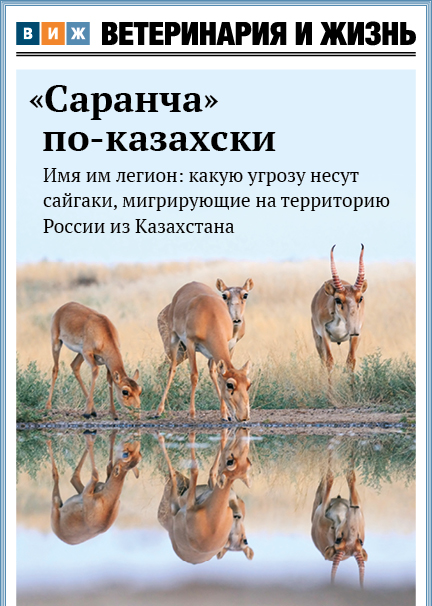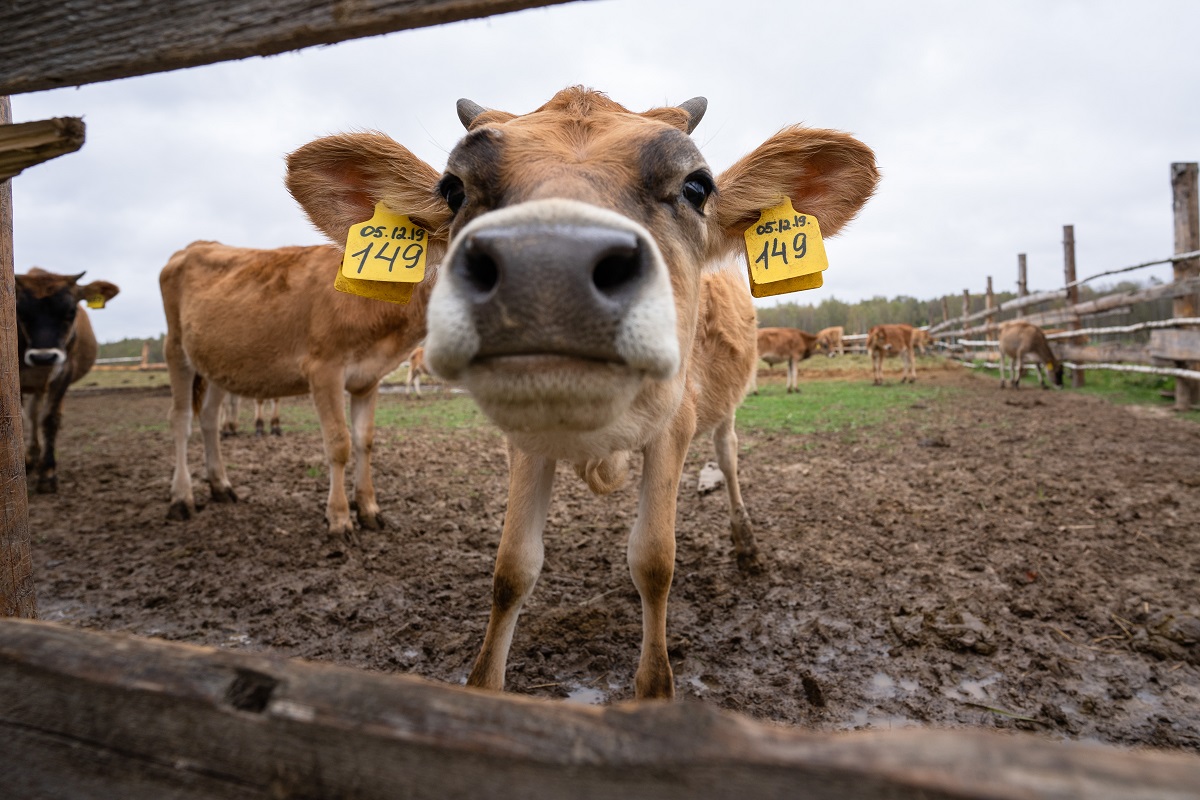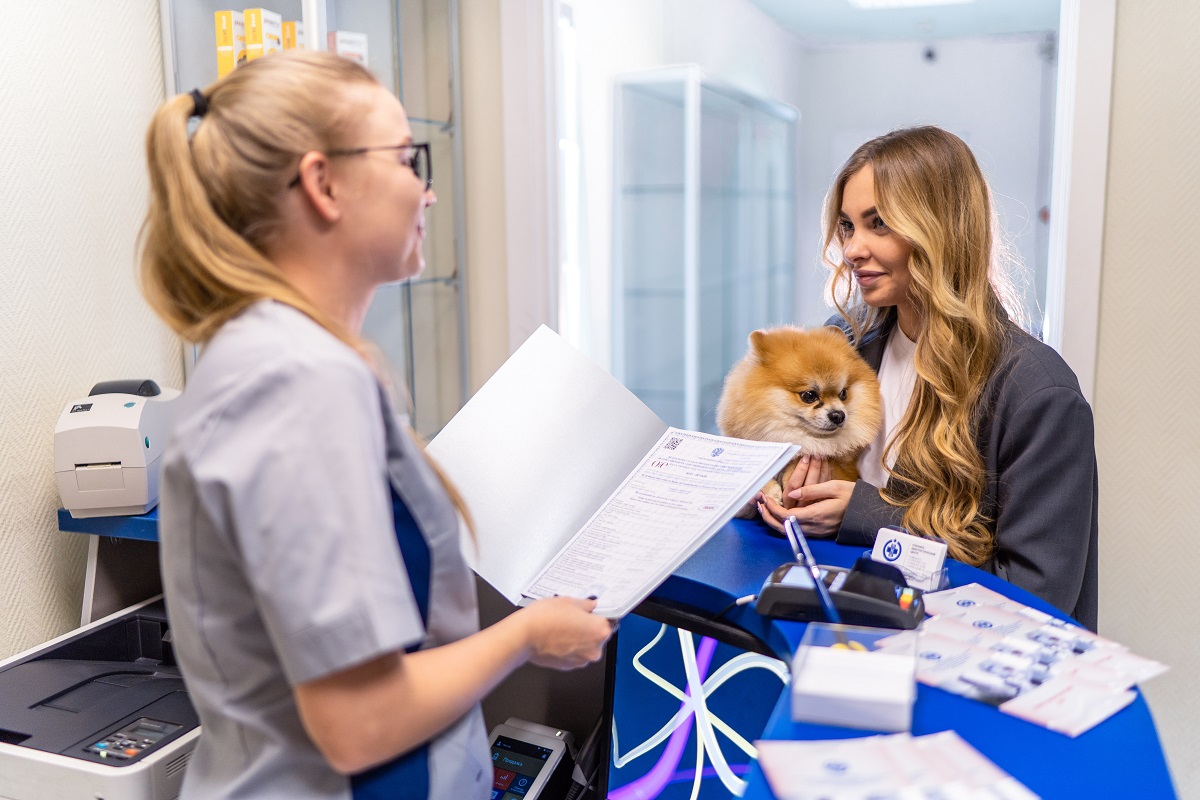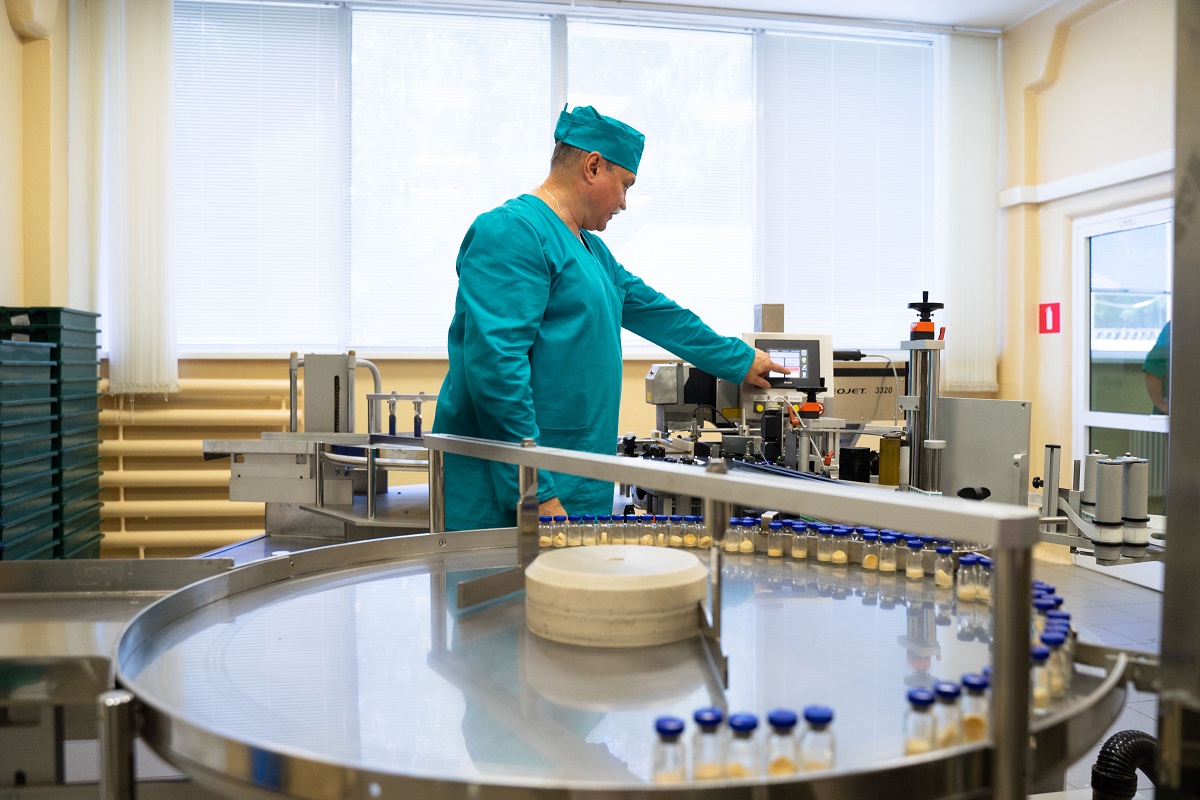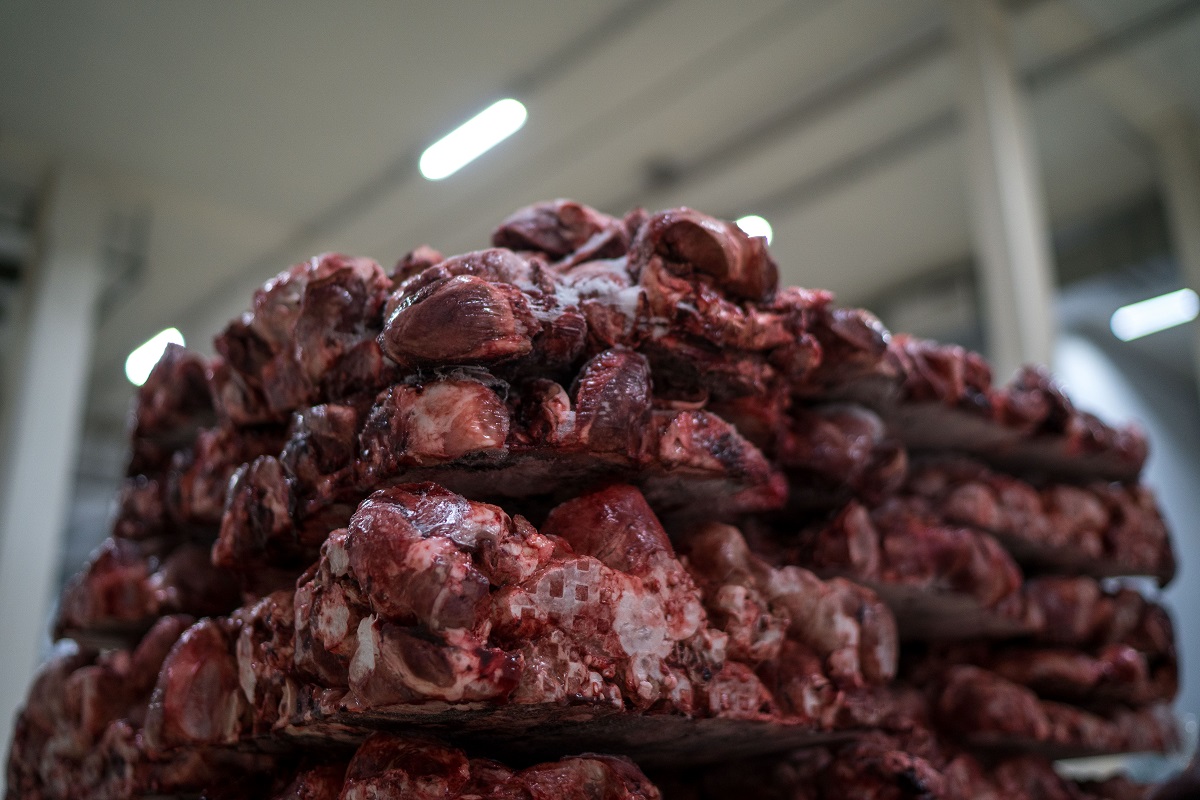Kalmykia State University clarified that the project is being sponsored by the regional Ministry of Agriculture which allocated 30 million rubles.
As the research and production center told the Veterinary Medicine and Life, the main purpose of the project is to improve farm animals’ quality in Russia by improving the genetics, and supply the farms with high quality breeding material.
“For instance, at least 10 thousand doses of semen can come from one ram sire per year. Although in natural environment, as a rule, one ram sire can inseminate up to 70 sheep. Besides, the frozen semen can be supplied to other Russian regions and abroad,” the newspaper reported, citing the Director of the Farm Animals Reproduction Center Arslang Khakhlinov.
Three Dorper rams from Germany will be delivered to Kalmykia this year. In addition, the breeding center of the Stavropolski Krai sold the center four ram sires. More than 1.5 thousand sheep in the Kalmykia farms were inseminated with the material collected from them.
The material from specially selected bulls and cows will be frozen and stored in a bank of embryos from fertilized eggs. The cryobank of cattle samples will be open in the current year.
“Any cow can be inseminated with an egg from a bank. Thus, such cattle will act as surrogate mothers to bring high quality offspring,” explained Arslang Khakhlinov.
According to him, under normal conditions, a cow will produce up to two calves a year. However, due to implanting embryos, numerous offspring can be obtained.
“This can be achieved in the following way. One cow can produce up to 40 embryos. These embryos can be implanted in recipient cows – other less valuable breeds. Therefore, up to 40 breeding calves can come from one breeding cow. Such frozen embryos can be brought to any Russian regions and foreign countries,” the scientist said.


